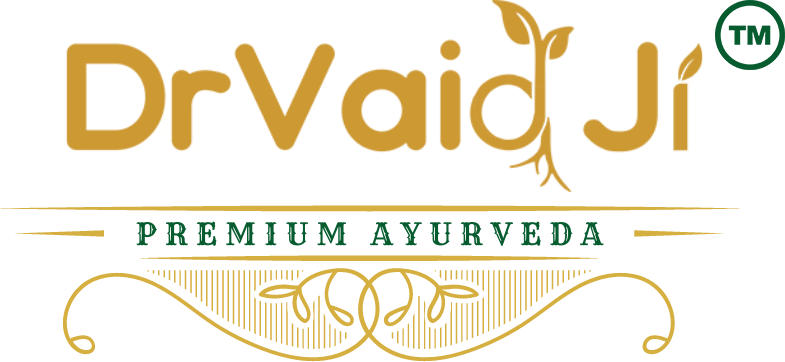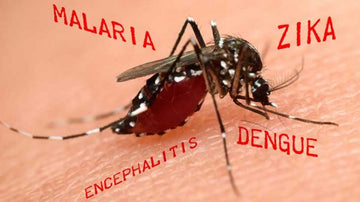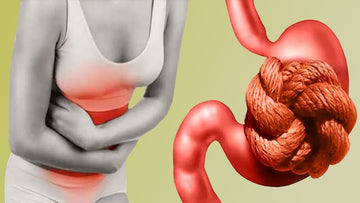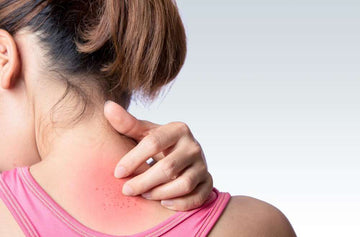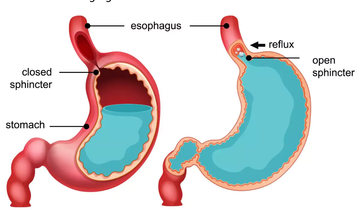
Ayurveda is highly regarded for treating skin disorders by addressing the root causes rather than just the symptoms. It emphasizes a holistic approach that includes diet, lifestyle, detoxification, and the use of herbs to balance the doshas (Vata, Pitta, and Kapha) responsible for skin health.
• Skin disorders are often linked to an imbalance in one or more doshas:
• Vata: Dry, rough, and scaly skin issues.
• Pitta: Inflammatory conditions like acne, rashes, and dermatitis.
• Kapha: Oily skin, cysts, and eczema.
• A Nadi Pareeksha (pulse diagnosis) or other Ayurvedic diagnostic methods can identify the underlying dosha imbalance.
2. Detoxification (Shodhana):
• Panchakarma: A series of five purification treatments to cleanse the body of toxins (ama) that contribute to skin issues. Treatments like Virechana (therapeutic purgation) and Rakta Mokshana (bloodletting) are commonly used for skin diseases.
• Herbal Remedies: Specific herbs are used to cleanse the blood and detoxify the body.
3. Diet and Lifestyle (Pathya and Apathya):
• A diet that balances the affected dosha is recommended. For example:
• Vata disorders: Warm, moist, and grounding foods.
• Pitta disorders: Cooling, non-spicy, and alkaline foods.
• Kapha disorders: Light, dry, and warming foods.
• Lifestyle changes include stress management, proper hydration, and adequate sleep.
4. Topical Applications (Lepa and Oil Massage):
• Herbal Pastes (Lepa): Applied to the affected area to reduce inflammation and promote healing.
• Oil Massage (Abhyanga): Using medicated oils to nourish the skin and balance the doshas.
5. Oral Herbal Supplements:
• Specific herbs are prescribed to balance the doshas, purify the blood, and enhance skin health.
2. Turmeric (Curcuma longa): Has anti-inflammatory and antioxidant properties. It helps in treating acne, pigmentation, and other inflammatory skin conditions.
3. Manjistha (Rubia cordifolia): A potent blood purifier that helps in treating various skin conditions like acne, eczema, and rosacea.
4. Aloe Vera (Aloe barbadensis miller): Used for its soothing, cooling, and moisturizing properties, beneficial for burns, scars, and dry skin.
5. Sandalwood (Santalum album): Helps in cooling the skin, reducing inflammation, and improving complexion.
6. Kumkumadi Tailam: A traditional Ayurvedic oil that contains herbs like saffron, sandalwood, and manjistha, known for improving skin complexion and treating various skin disorders.
7. Guggulu (Commiphora mukul): Has anti-inflammatory and purifying properties, often used in treating skin conditions like acne and boils.
Treatment Protocol
1. Initial Assessment:
• A detailed assessment of the patient’s Prakriti (constitution), dosha imbalance, and the nature of the skin disorder.
2. Personalized Treatment Plan:
• Based on the assessment, a personalized plan including detoxification, diet, lifestyle modifications, herbal treatments, and topical applications is created.
3. Detoxification (if necessary):
• Undertaking Panchakarma therapies to cleanse the body and eliminate toxins.
4. Internal and External Treatments:
• Administration of internal herbs and external applications based on the dosha imbalance.
5. Follow-Up and Maintenance:
• Continuous monitoring and adjustments in the treatment plan, along with guidance on maintaining skin health through diet and lifestyle.
Ayurveda provides a comprehensive approach to treating skin disorders, focusing on overall well-being and long-term health rather than just temporary relief.
How Ayurveda Treats Skin Disorders
1. Identification of Dosha Imbalance:• Skin disorders are often linked to an imbalance in one or more doshas:
• Vata: Dry, rough, and scaly skin issues.
• Pitta: Inflammatory conditions like acne, rashes, and dermatitis.
• Kapha: Oily skin, cysts, and eczema.
• A Nadi Pareeksha (pulse diagnosis) or other Ayurvedic diagnostic methods can identify the underlying dosha imbalance.
2. Detoxification (Shodhana):
• Panchakarma: A series of five purification treatments to cleanse the body of toxins (ama) that contribute to skin issues. Treatments like Virechana (therapeutic purgation) and Rakta Mokshana (bloodletting) are commonly used for skin diseases.
• Herbal Remedies: Specific herbs are used to cleanse the blood and detoxify the body.
3. Diet and Lifestyle (Pathya and Apathya):
• A diet that balances the affected dosha is recommended. For example:
• Vata disorders: Warm, moist, and grounding foods.
• Pitta disorders: Cooling, non-spicy, and alkaline foods.
• Kapha disorders: Light, dry, and warming foods.
• Lifestyle changes include stress management, proper hydration, and adequate sleep.
4. Topical Applications (Lepa and Oil Massage):
• Herbal Pastes (Lepa): Applied to the affected area to reduce inflammation and promote healing.
• Oil Massage (Abhyanga): Using medicated oils to nourish the skin and balance the doshas.
5. Oral Herbal Supplements:
• Specific herbs are prescribed to balance the doshas, purify the blood, and enhance skin health.
Common Ayurvedic Herbs for Skin Health
Dr.Vaid Ji SKIN HERBO ESSENTIALS are herbo-mineral sachets which are purely Ayurvedic formulation. These sachets mainly detox your skin and eliminate toxic substances and helps in treating skin related disorders. The ingredients have potent antioxidant and anti-aging properties which provide youthful, healthy and glowing skin. This sachet absorbs quickly in the skin and target the specific skin concern.
1. Neem (Azadirachta indica): Known for its antibacterial, antifungal, and blood-purifying properties. It is widely used in treating acne, eczema, and psoriasis.2. Turmeric (Curcuma longa): Has anti-inflammatory and antioxidant properties. It helps in treating acne, pigmentation, and other inflammatory skin conditions.
3. Manjistha (Rubia cordifolia): A potent blood purifier that helps in treating various skin conditions like acne, eczema, and rosacea.
4. Aloe Vera (Aloe barbadensis miller): Used for its soothing, cooling, and moisturizing properties, beneficial for burns, scars, and dry skin.
5. Sandalwood (Santalum album): Helps in cooling the skin, reducing inflammation, and improving complexion.
6. Kumkumadi Tailam: A traditional Ayurvedic oil that contains herbs like saffron, sandalwood, and manjistha, known for improving skin complexion and treating various skin disorders.
7. Guggulu (Commiphora mukul): Has anti-inflammatory and purifying properties, often used in treating skin conditions like acne and boils.
Treatment Protocol
1. Initial Assessment:
• A detailed assessment of the patient’s Prakriti (constitution), dosha imbalance, and the nature of the skin disorder.
2. Personalized Treatment Plan:
• Based on the assessment, a personalized plan including detoxification, diet, lifestyle modifications, herbal treatments, and topical applications is created.
3. Detoxification (if necessary):
• Undertaking Panchakarma therapies to cleanse the body and eliminate toxins.
4. Internal and External Treatments:
• Administration of internal herbs and external applications based on the dosha imbalance.
5. Follow-Up and Maintenance:
• Continuous monitoring and adjustments in the treatment plan, along with guidance on maintaining skin health through diet and lifestyle.
Ayurveda provides a comprehensive approach to treating skin disorders, focusing on overall well-being and long-term health rather than just temporary relief.
